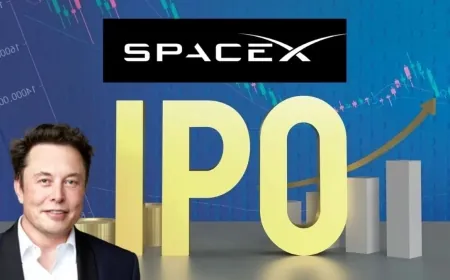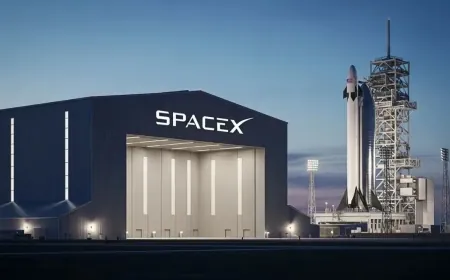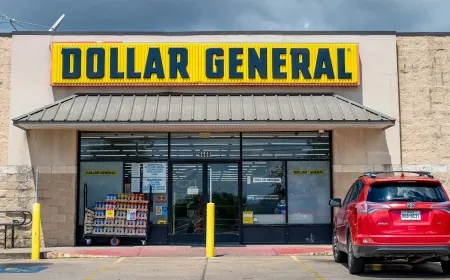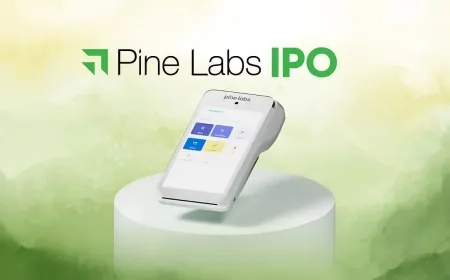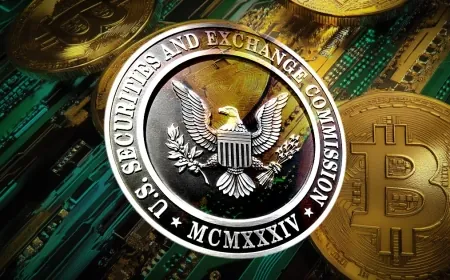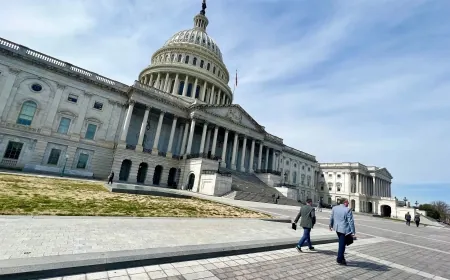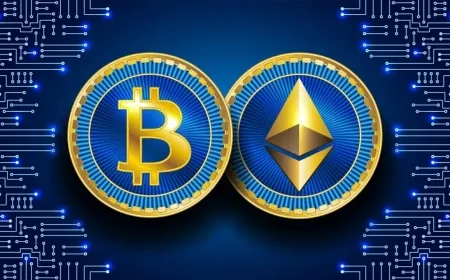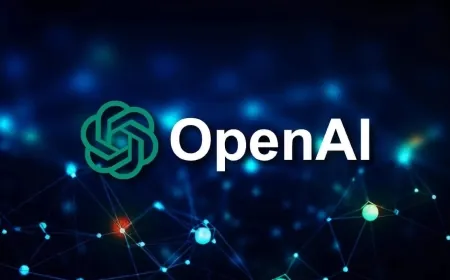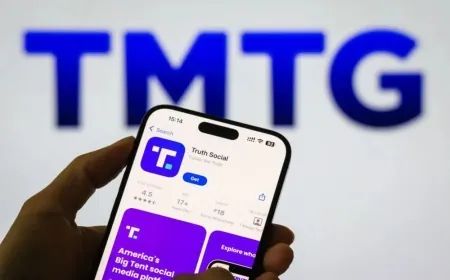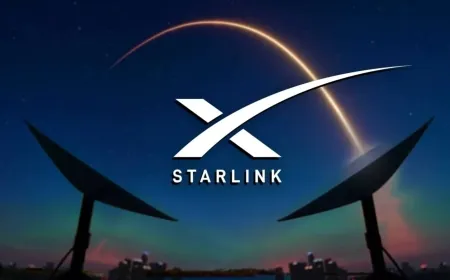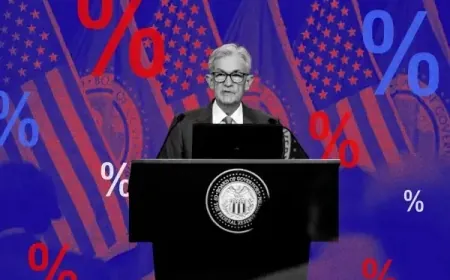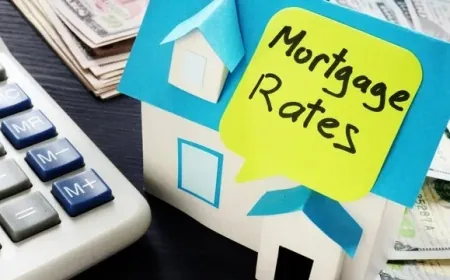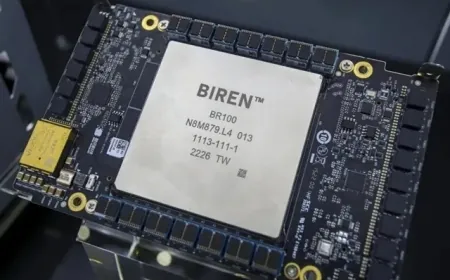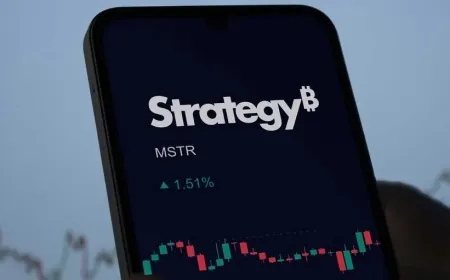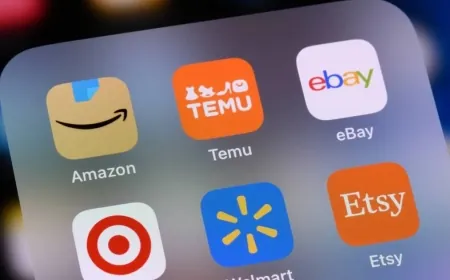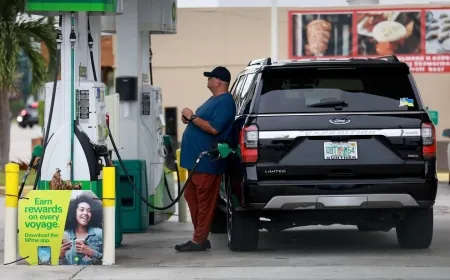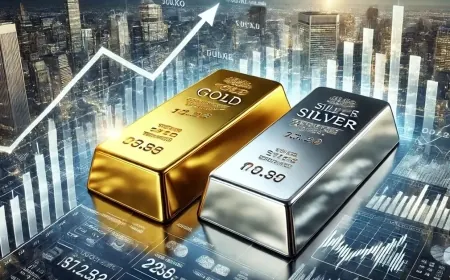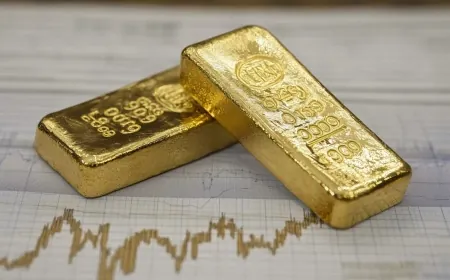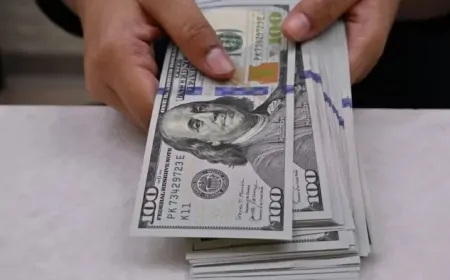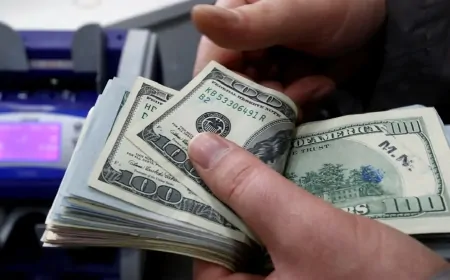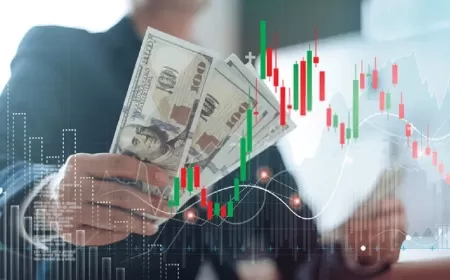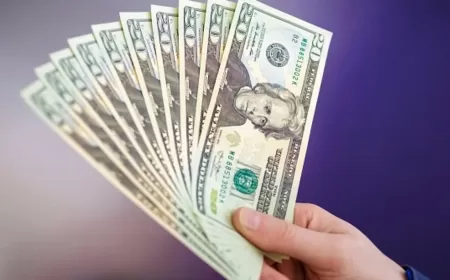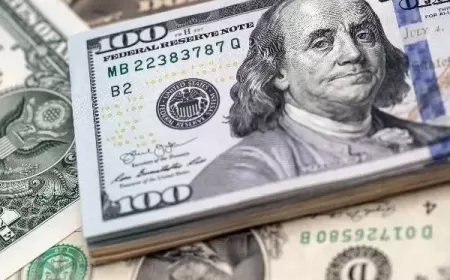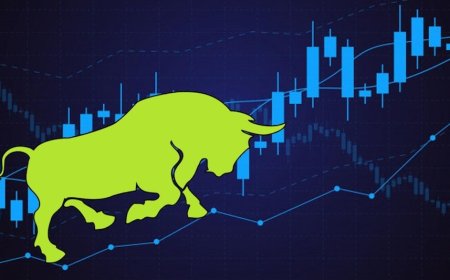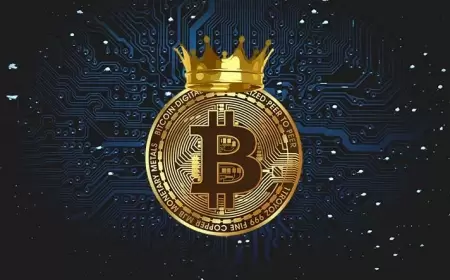Can XRP Become the Next Bitcoin or Is It Already Too Late?
XRP is still cheap, but can it really catch up to Bitcoin—or is most of the upside already gone? What every crypto buyer should know right now.
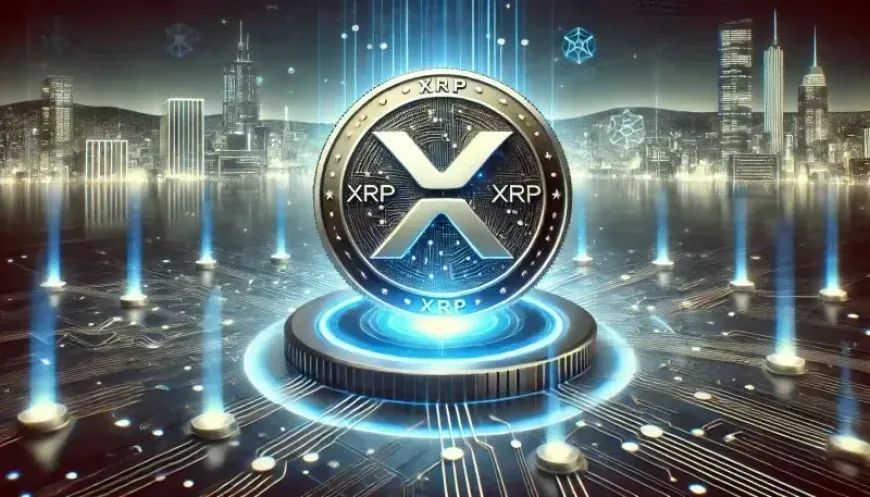
Bitcoin and XRP are among the most closely watched cryptocurrencies today, but for very different reasons. Bitcoin is trading near all-time highs — around $120,000 as of July 28 — while XRP remains at just $3. Yet the low price point has led many to ask whether XRP could eventually follow the same path as Bitcoin.
This comparison, however, may not hold up under closer inspection. The two serve very different purposes in the crypto ecosystem, and the context behind their usage, investor base, and long-term value drivers suggests they may not be headed down the same road at all.
Why XRP Has Drawn Serious Attention
XRP is not just another digital token. It plays a central role in RippleNet, a payments network designed to make global money transfers faster and more cost-effective. That mission puts it in direct contrast to the SWIFT network — the dominant system currently used by over 11,000 financial institutions for cross-border payments. SWIFT is reliable but slow. Settlement can take several days and often involves layers of intermediary banks, adding both time and transaction costs.
RippleNet shortens this process dramatically. Instead of multiple banks passing funds between each other, RippleNet uses XRP as a bridge between currencies. The transaction is settled in seconds, and the fees are significantly lower. For companies regularly making international payments, this can translate to substantial savings.
Some global banks and payment providers have already started using Ripple’s infrastructure. The pitch is appealing: greater speed, lower cost, and better transparency. And with the global cross-border payments market projected to grow from $195 trillion in 2024 to $320 trillion by 2032, according to FXCintelligence, the room for growth is substantial.
But faster settlements and big addressable markets don’t automatically mean XRP will follow Bitcoin’s trajectory.
Not All Crypto Rallies Follow the Same Blueprint
Bitcoin’s rise this year — up 29% — has been tied to a very different set of factors. The biggest shift has been the growing presence of traditional finance in crypto markets. Large institutional players, including BlackRock and ARK Invest, are now holding Bitcoin through spot ETFs. Several companies have begun adding Bitcoin to their balance sheets, treating it as a strategic long-term asset. And recent legislative developments in the U.S., such as the Genius Act and the Digital Asset Market Clarity Act, signal growing bipartisan interest in clearer crypto regulation.
XRP has not been entirely excluded from this momentum. It too has benefitted from clearer regulatory signals and greater interest in the digital asset sector more broadly. However, the foundation of investor demand in each case is different.
Bitcoin has positioned itself as a digital alternative to gold — a hedge against inflation and monetary policy missteps. XRP’s appeal is more technical: it solves a very specific problem in global finance.
Bitcoin's Scarcity Argument Still Holds Strong
Bitcoin’s supply is limited to 21 million coins. This hard cap is what gives rise to the “digital gold” narrative. Investors view it as a scarce asset that can store value in the long term, much like precious metals have done for centuries. That scarcity — and the widespread understanding of it — is a major part of why Bitcoin’s price has seen such strong upward momentum over the years.
XRP also has a fixed supply: 100 billion tokens. But the psychological effect of scarcity is much weaker here, partly because the token count is so much higher and partly because Ripple — the company — still controls a large portion of the supply. That undermines the sense of decentralization, which many view as fundamental to the appeal of cryptocurrencies.
Ripple’s legal battles with the U.S. Securities and Exchange Commission have also weighed heavily on sentiment. Although the company has won some key victories in court, years of legal uncertainty have left lingering concerns among investors. These are not trivial issues, and they contribute to the perception that XRP carries more risk than Bitcoin.
Real-World Adoption Doesn’t Guarantee Token Growth
Even if RippleNet becomes a preferred method for cross-border transfers, it doesn't necessarily mean the XRP token itself will explode in value. Some financial institutions may use Ripple’s software but avoid XRP entirely, especially if regulations in their jurisdiction discourage or prohibit crypto holdings.
XRP’s current price of $3 may seem attractive, but its market capitalization — approaching $200 billion — tells a different story. At that size, XRP is already valued higher than many major fintech companies. That suggests a significant amount of optimism is already reflected in the current price.
Unless usage of the token itself accelerates in tandem with RippleNet adoption, the potential for further explosive growth may be limited. Investors hoping for XRP to deliver returns similar to Bitcoin’s earlier years may be underestimating how different the two cases are.
No Straight Line from Utility to Value
XRP offers a functional and technologically impressive solution to a real-world financial problem. Its speed, efficiency, and potential to reduce banking costs give it a credible use case in the global financial system. But value in crypto isn't determined by utility alone.
Bitcoin’s rise has been driven by a mix of scarcity, decentralization, regulatory breakthroughs, and macroeconomic trends. XRP, in contrast, depends more on institutional partnerships and payment system integration. The success of one does not imply the inevitable rise of the other.
That doesn't mean XRP is without value. But it does mean that calling it “the next Bitcoin” oversimplifies the landscape. These are two very different assets aimed at different problems. Investors looking to treat XRP as a Bitcoin alternative should understand those distinctions before expecting similar returns.
Thinking XRP Will Be the Next Bitcoin? Think Again
XRP and Bitcoin may share the same asset class, but that’s where the similarity ends. Bitcoin has carved out its place as a decentralized hedge — a scarce, standalone asset with growing institutional acceptance. XRP, by contrast, is tightly linked to Ripple’s infrastructure and aims to improve how banks move money across borders.
That distinction isn’t subtle. Bitcoin’s rise has been driven by demand for an alternative to traditional finance. XRP’s potential depends on being accepted by it.
If Ripple continues expanding its partnerships and regulatory clarity improves, XRP could see more traction. But calling it “the next Bitcoin” misreads what actually drives value in crypto. The two aren’t competing for the same role — and they won’t follow the same path.
For anyone considering XRP, it’s not about hoping for a repeat of Bitcoin’s price history. It’s about recognizing what XRP is — and isn’t — built to do.
Also Read: Bitcoin Holds Below $120K, Ethereum and XRP Weaken, Solana Stalls Under Resistance





